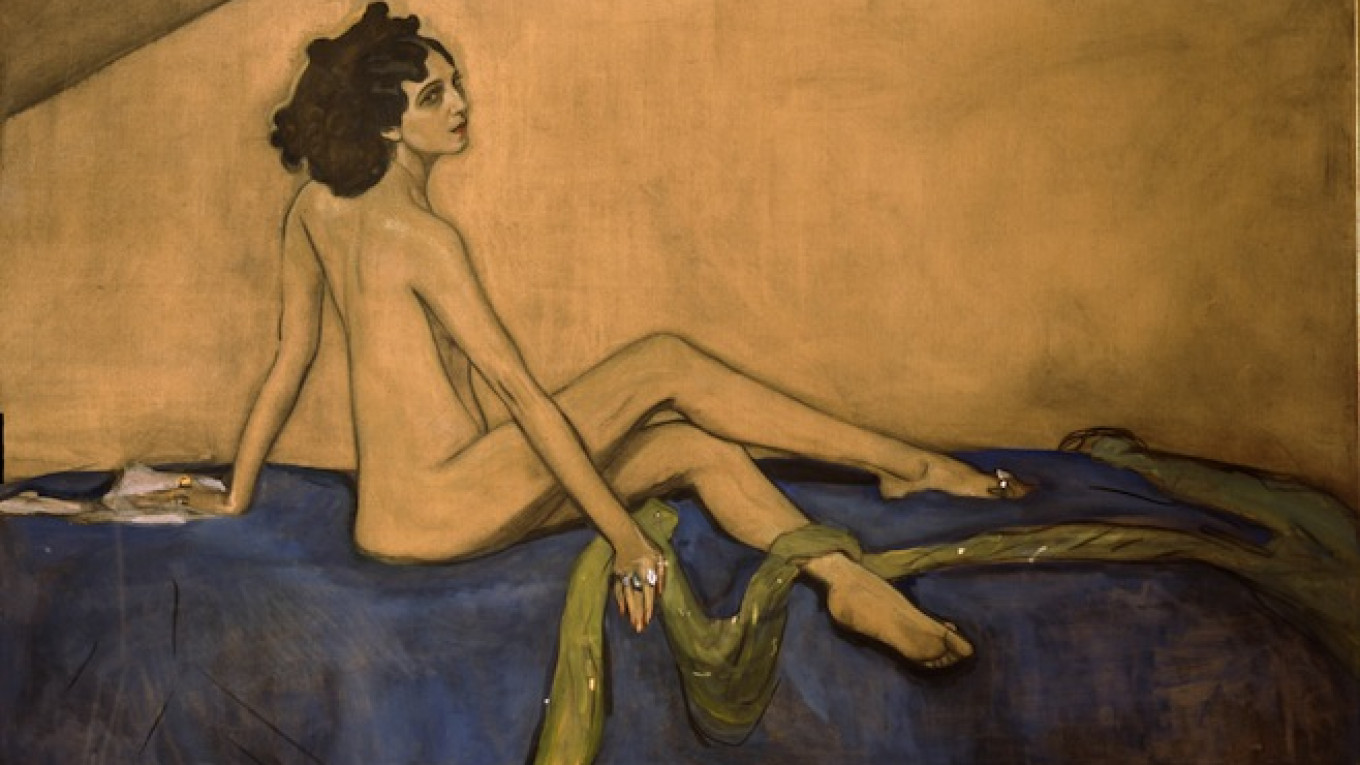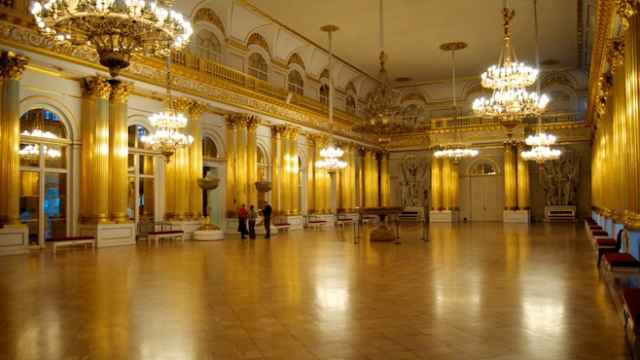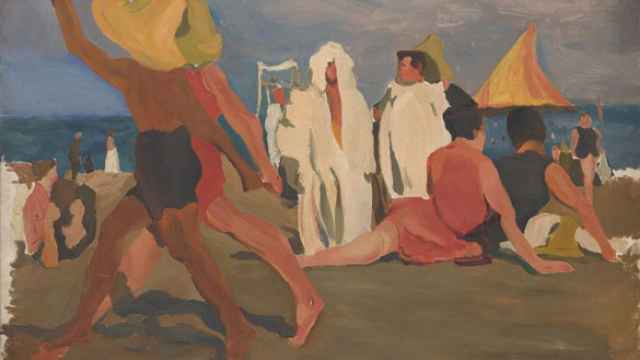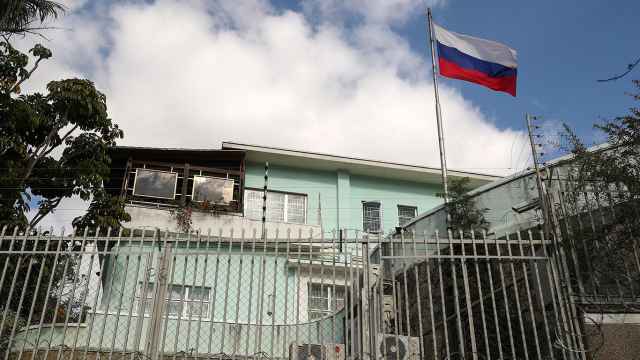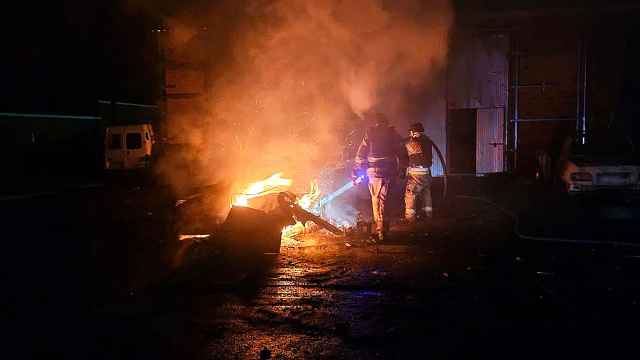LONDON — Paintings vied with politics in London this week as two of the biggest auction houses, Christie's and Sotheby's, competed with each other to cater to the hard-to-predict market for Russian art masterpieces.
Art had the upper hand at Christie's sale on Monday, where Valentin Serov's "Portrait of Maria Zetlin" sold for a stunning £9.2 million ($14.42 million), besting several times over its high pre-sale estimate of £2.5 million.
But politics clouded sales at rival powerhouse Sotheby's later Monday, where only 30 percent of works on offer were sold and pre-sale favorite "Ivan Susanin" by Konstantin Makovsky — also valued at £2.5 million — found no buyer.
Experts at both auction houses interpreted the results against the background of Western economic sanctions on Russia over Moscow's annexation of Crimea and its support for armed pro-Russian separatists in eastern Ukraine.
"The success of the sale shows that Russian art is still in a high demand and that Russian buying activity is at an even higher level than last November, when the auction totaled £16.5 million," said Sarah Mansfield, the head of the Russian art department at Christie's in London.
The Christie's auction brought in more than £20 million, despite concerns about reduced investor appetite due to Western sanctions imposed on Russia's economy.
The outlook was less upbeat at Sotheby's, whose auction raised only £5 million in total and another pre-sale favorite, Boris Kustodiev's "Bakhchisarai," fetched £1.05 million rather than the estimated £1.2 million to £1.8 million.
"There is no doubt that the geopolitics of the region are causing a little bit of a tremor in our Russian market," said Mark Poltimore, the deputy chair of Sotheby's Europe.
That scenario was likely to echo "throughout all the sales at all the four major auction houses," he added.
Sotheby's Russia director Mikhail Kamensky noted the falling value of the sanctions-hit ruble, down more than 25 percent against the dollar this year, as a factor clouding its sales.
"The best works are still sold and at a high price," he said. "The fact that the middle segment hasn't attracted interest is the consequence of the crisis.
"The market is not dying, it is just slowing down," he added. "There will be a correction, and a major one, in the near future."
The Russian art week runs through Nov. 26.
A Message from The Moscow Times:
Dear readers,
We are facing unprecedented challenges. Russia's Prosecutor General's Office has designated The Moscow Times as an "undesirable" organization, criminalizing our work and putting our staff at risk of prosecution. This follows our earlier unjust labeling as a "foreign agent."
These actions are direct attempts to silence independent journalism in Russia. The authorities claim our work "discredits the decisions of the Russian leadership." We see things differently: we strive to provide accurate, unbiased reporting on Russia.
We, the journalists of The Moscow Times, refuse to be silenced. But to continue our work, we need your help.
Your support, no matter how small, makes a world of difference. If you can, please support us monthly starting from just $2. It's quick to set up, and every contribution makes a significant impact.
By supporting The Moscow Times, you're defending open, independent journalism in the face of repression. Thank you for standing with us.
Remind me later.


